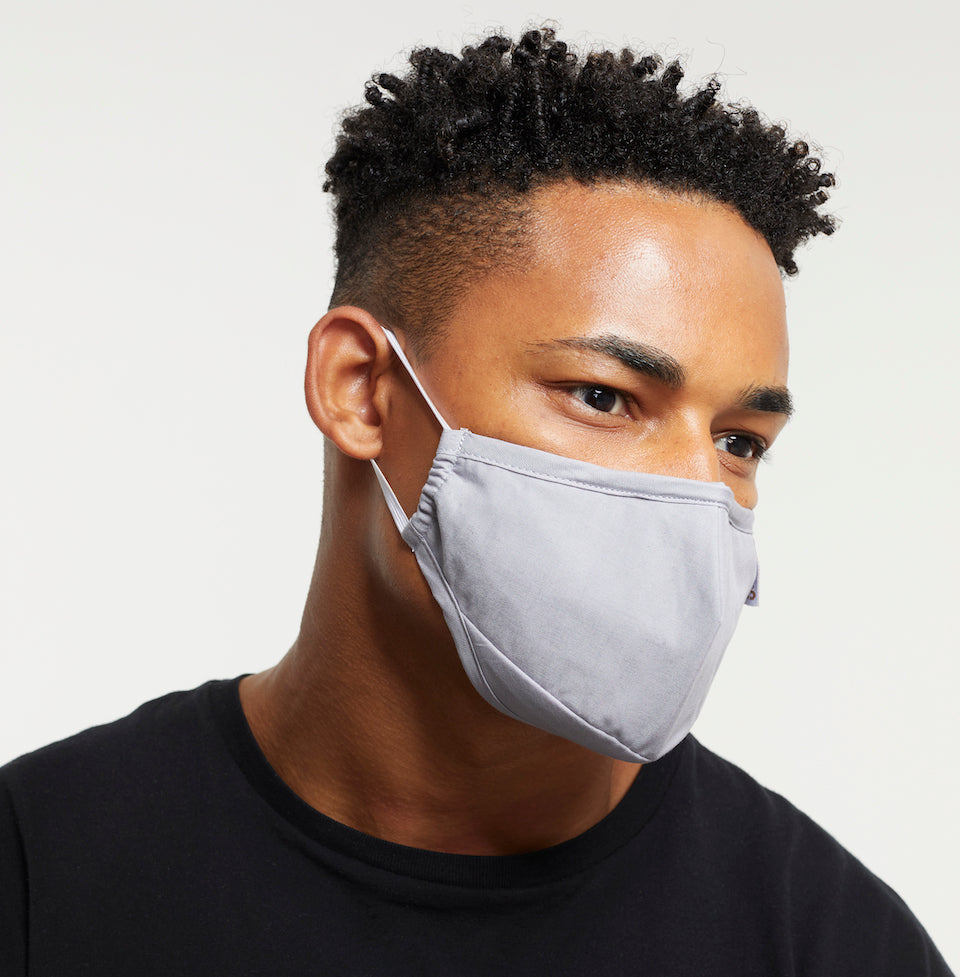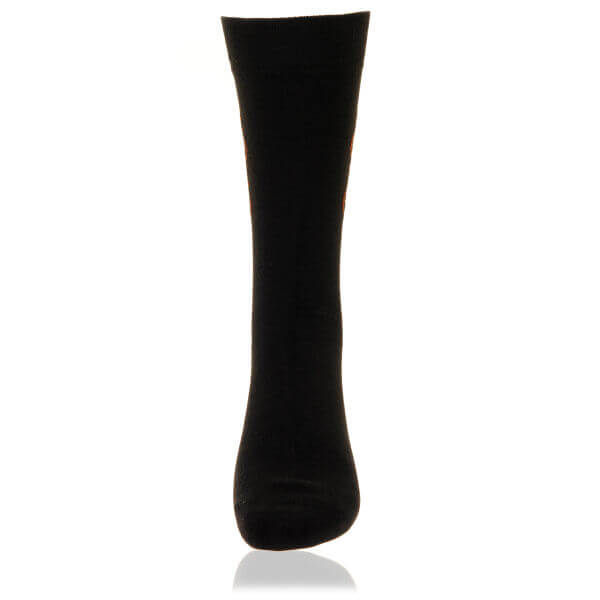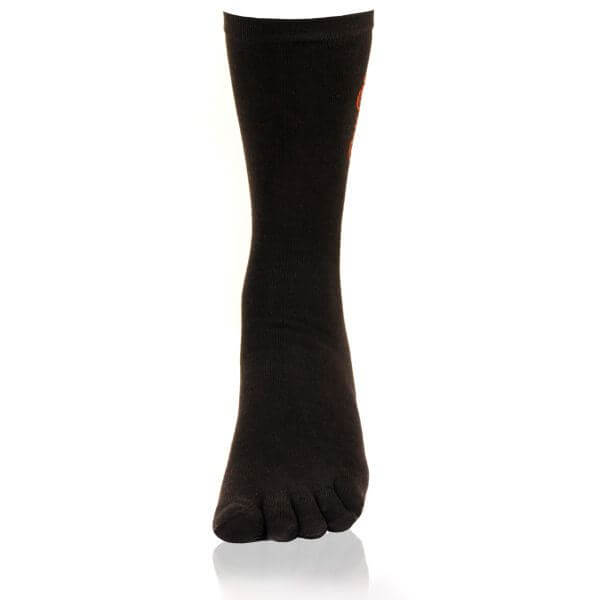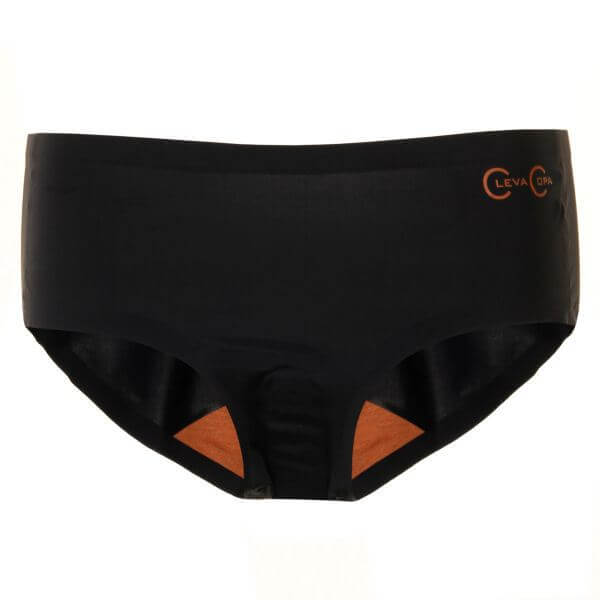Compression Socks for RLS
Published
November 27 2024
If you struggle with RLS symptoms or restless legs at night, finding relief can feel like a constant battle. Wearing the right pair of compression socks for RLS can be a simple yet effective tool to reduce tingling, improve leg circulation, and enhance your sleep and overall comfort.
In this article, we’ll explore how compression socks can help with restless leg syndrome, what features to look for, and why they might be a game-changer for your legs.
What is Restless Leg Syndrome?
Restless Leg Syndrome (RLS), sometimes called Willis-Ekbom Disease, is a condition that affects the nervous system and causes a strong urge to move the legs. This urge often comes with uncomfortable sensations like itching, crawling, throbbing, or aching. These feelings usually happen when a person is resting, especially in the evening or at night. Because of this, RLS often makes it hard to fall asleep or stay asleep, leading to problems with sleep over time.
The effects of RLS don’t stop with disrupted sleep. Many people feel tired during the day, struggle with low energy, or have mood changes because they didn’t get enough rest. It can also make it harder to stay focused and productive.
For those with more severe symptoms, RLS can interfere with daily activities that involve sitting still for long periods, such as traveling, attending events, or even relaxing to watch a movie. This can make it difficult to fully participate in everyday life and enjoy these moments.
Causes of Restless Leg Syndrome
Restless Leg Syndrome (RLS) can be caused by several factors, but sometimes the exact reason isn't clear. However, there are certain common triggers and health conditions linked to it:
- Family History: If you have family members who suffer from RLS, you're more likely to experience it too. This suggests that genetics plays a role in the development of the condition. People with a family history of RLS often develop the symptoms at a younger age.
- Iron Deficiency: Low levels of iron in the brain can affect its function, potentially causing the symptoms of RLS. Iron is important for the proper functioning of the nervous system, and a deficiency can lead to feelings of restlessness or discomfort in the legs.
- Chronic Diseases: RLS is more common in people with certain long-term health conditions. For instance, those with kidney failure, diabetes, or peripheral neuropathy (nerve damage) tend to experience RLS more often. These conditions can interfere with nerve function, which may trigger the sensation of restlessness in the legs.
- Pregnancy: Many women experience RLS during pregnancy, particularly in the later stages. It’s believed that hormonal changes, along with fluctuations in iron levels during pregnancy, may contribute to the condition. The good news is that pregnancy-related RLS usually disappears after childbirth.
- Medications: Some medications are known to make RLS symptoms worse. These include antihistamines (used for allergies), certain antidepressants, and anti-nausea drugs. If you're on any of these medications, it might be helpful to speak with your doctor about alternatives or ways to manage RLS.
- Lifestyle Factors: A lack of physical activity or a sedentary lifestyle can increase the risk of RLS. When you don’t move your body enough, your circulation and nerve activity can slow down, which may make the symptoms worse. On the other hand, regular, moderate exercise—like walking or stretching—can help reduce the discomfort and frequency of RLS symptoms.
Compression Socks and Restless Leg Syndrome: How They Help?
Compression therapy is a popular treatment for managing the symptoms of Restless Leg Syndrome (RLS). This method involves wearing specially designed copper compression socks that apply gentle but constant pressure to the legs. These specially designed socks combine the benefits of compression therapy with the unique properties of copper to offer not just relief, but an enhanced level of comfort and support. Here's why you should consider adding copper compression socks to your daily routine:
-
Enhanced Blood Circulation
Copper compression socks are designed to apply consistent pressure to your legs, which helps improve circulation by encouraging blood flow from the legs back to the heart. This can reduce the common symptoms of RLS, such as the constant urge to move your legs, tingling, or discomfort.
-
Copper's Natural Benefits
Copper has long been used for its healing properties. It is believed to have anti-inflammatory and antibacterial qualities that help soothe muscles and improve joint health. Copper compression socks take advantage of these benefits by incorporating copper fibers into the fabric, providing continuous support while promoting healthier skin and muscle recovery. The copper infusion also helps reduce swelling, making the socks especially helpful for those with poor circulation or varicose veins.
Upgrade your comfort and recovery with copper-infused compression socks.
Buy Now -
Support for Active Lifestyles
Whether you're on your feet all day at work or you enjoy regular exercise, copper compression socks offer the stability and comfort you need. They help stabilize your muscles and reduce muscle fatigue, which is essential for active individuals. The compression helps minimize the build-up of lactic acid, so your legs feel less sore after intense activities like running, walking, or even just standing for long periods. With improved muscle support, these socks can be a game-changer in your daily routine.
-
Reduced RLS Symptoms
If you're one of the many people who suffer from Restless Leg Syndrome, copper compression socks could be the relief you've been searching for. By improving circulation and reducing swelling, these socks help ease the discomfort that often triggers the need to move your legs. Many users report a significant decrease in the frequency and severity of RLS symptoms, especially at night when the symptoms tend to worsen. This can lead to a more restful and uninterrupted sleep, which is essential for your overall well-being.
-
All-Day Comfort and Fit
Copper compression socks are designed with comfort in mind. They are made from a blend of high-quality, breathable materials that allow for all-day wear without causing irritation. The soft fabric fits snugly without being too tight, providing just the right amount of compression for support without discomfort. Whether you're relaxing at home or out and about, these socks keep your legs feeling refreshed and rejuvenated.
-
Improved Overall Quality of Life
Using copper compression socks regularly can have a noticeable impact on your day-to-day activities. With reduced leg pain, fewer RLS symptoms, and better circulation, many users experience improved energy levels and a better mood. Better circulation and muscle support can also lead to better sleep and a more active lifestyle, giving you more freedom to enjoy life without worrying about discomfort or fatigue.
-
Convenience and Style
Copper compression socks are available in a variety of styles, from knee-high to ankle socks, so you can choose the right fit for your needs. They come in a unique pattern, ensuring that you can wear them without sacrificing style. Whether you're at work, at the gym, or simply lounging at home, you'll appreciate how these socks seamlessly integrate into your daily wardrobe.
How to Choose Compression Socks for RLS
When choosing compression socks for Restless Leg Syndrome (RLS), it's important to pick the right pair for both comfort and to help manage the symptoms.
- Compression Level: Compression socks come in different levels of tightness, measured in mmHg. It's a good idea to start with a lower level of compression, especially if your RLS symptoms are mild. You can increase the compression level if needed, based on how severe your symptoms are.
- Purpose and Usage: Think about when you’ll be wearing the socks. If you need them mostly for relief while you sleep, comfort should be your top priority. However, if you'll be wearing them during the day or while being active, focus on durability and features like moisture-wicking to keep your feet dry.
- Material: Compression socks are made from materials like nylon, cotton, spandex, and various blends. Each material has its own benefits, such as being breathable, comfortable, or easy to care for. It’s important to choose a material that feels good on your skin and fits into your daily routine.
- Size and Fit: A proper fit is really important. Compression socks that are too tight might be uncomfortable, while socks that are too loose won’t provide the support you need. Make sure to take accurate measurements of your ankle, calf, and leg length to ensure the socks fit correctly.
- Consulting a Professional: If you’re unsure which socks to choose, it might be helpful to talk to a healthcare provider or a compression wear specialist. They can guide you in picking the right pair, especially if you have other health conditions that could affect your choice.
Take the First Step Towards Comfort!
Shop NowClosing Thoughts
Compression socks can be a helpful option for managing RLS symptoms, offering support and comfort while improving circulation. By selecting the right fit and material, they may help reduce discomfort and promote better sleep. If RLS is affecting your daily life, these socks could provide a simple, non-invasive way to find relief. Always consult a healthcare professional if you're unsure about what works best for you.
Frequently Asked Questions (FAQs)
-
Why shouldn’t you wear compression socks at night?
When you lie down to sleep, your veins don’t have to work as hard because there’s no gravity pulling the blood down. So, wearing compression socks while you sleep doesn’t provide any extra benefit, since your circulation is already working efficiently when you’re resting.
-
Do compression socks help lower leg circulation?
Yes, compression socks can improve blood flow in your legs. They help reduce swelling and pain, especially if you’re on your feet a lot. These socks can also lower the risk of developing blood clots, such as deep vein thrombosis (DVT), and other circulation-related issues.
-
Do compression socks raise blood pressure?
Compression socks can slightly raise blood pressure, usually by about 5 to 10 mmHg. While this is generally not a concern for most people, it’s something to keep in mind if you already have high blood pressure or other related health issues.































